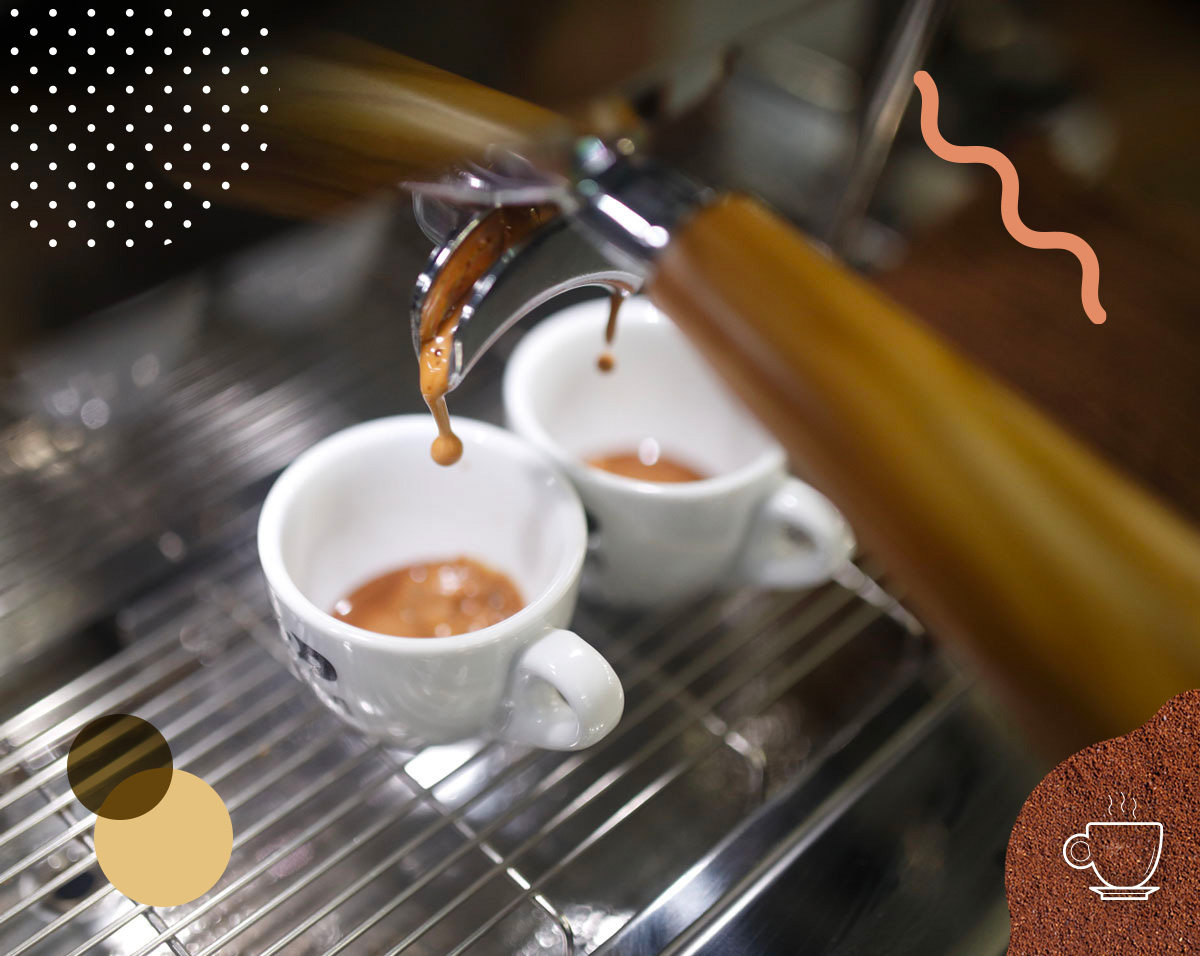As a cafe owner, you know that good coffee is what makes your customers come back again and again, but achieving the perfect Italian espresso isn’t always easy.
That’s where we come in! We’ve collated all our expert tips in this handy guide.
Consider it a primer if you’re just getting started or a refresher if you’ve been in business for years, either way, we hope you’ll find it helpful.
What is Italian espresso?
First things first - what exactly are we talking about? There are so many different types of coffee beverages that it can get confusing. Even more if you ever find yourself in Italy, where the locals make no distinction between coffee and espresso, they simply ask for “un caffè” (and it’s implied they mean an Italian espresso).
Scientifically speaking, however, Italian espresso is prepared with 25 ml of water and 7 grams of freshly-ground coffee.
Why is Italian espresso so good?
There is no straightforward answer to this question, even though science has tried to give us one. We like to think that good coffee is like good music, it takes a lot of different things for a song to be memorable and the same is true for coffee.
The roast, the grind, the right amount of barometric pressure in the machine, the temperature of the steam and the quantity of coffee grounds, each one of these elements plays an important role when preparing espresso.
Last but not least, the human touch. Passion and care are essential factors.
Get everything just right and you’ll serve an amazing Italian espresso.
The barista coffee equipment you need to make espressos
The essentials to prepare Italian espresso at your cafe are:
- A commercial espresso coffee machine that functions well. Pay particular attention to pressure, professional machines are usually set to brew coffee at 9-bar of pressure.
- Water that’s got the right minerals in it. Water is what influences the way espresso tastes. Commercial coffee machines get their supply from the water mains, so you need to make sure it’s filtered and the ion exchange resins within the filter do their job properly.
- A coffee grinder. Freshly-ground coffee is best to preserve the aroma when serving your espresso to the customer.
- The perfect coffee blend for espresso. Making the right choice is hard but not impossible! Take great care in picking something palatable for your customers as well as convenient for the way you run your cafe.
Italian espresso rules
- Release the espresso coffee machine portafilter.
- Carefully remove any coffee residue with a cloth or brush.
- Weigh meticulously the freshly-ground coffee you put in the portafilter.
- Even it out by banging on the counter the espresso coffee machine portafilter twice.
- Use the presser to smooth the surface. Make sure the espresso coffee machine portafilter is on the counter when you do this.
- Before you insert it, clean the machine, simply let the water run for a few seconds to remove any residue, it could give your coffee bitter notes.
- Insert the portafilter and do not wait too long to press the ‘on’ button because otherwise, it gets heated, which isn’t good.
- The coffee extraction time varies, but it’s usually from 20 to 30 seconds. Water runs quicker through coarser ground coffee, so you need to take your ground coffee into account.
How espresso is served
The perfect espresso should have a hazelnut-hued cream on top that doesn’t vanish in a few seconds but remains there longer. Italian espresso coffee is usually served to the customer in a 50-ml ceramic cup with a saucer and a coffee spoon. The first is there to catch any spills, while the spoon is there to mix any sugar the customer may want to add.
In Italy you may notice people drinking espresso from glass cups, but know that the materials in which the cup is made have no impact on taste. Ceramic does keep the coffee warm longer than glass though.

